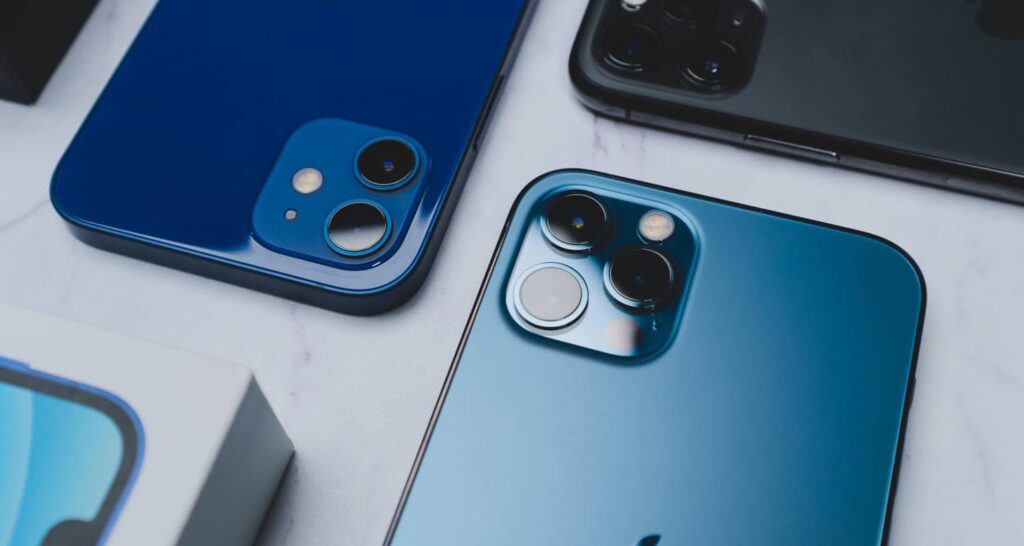Last updated: November 13, 2025
Table of Contents
If your iPhone is displaying a pop-up warning that says “Four Virus heavily damages your system!” or similar alarming messages, do not panic. This is a phishing scam (also known as a scareware attack), not a real virus.
It’s critical to understand: Traditional computer viruses are virtually non-existent on a standard, non-jailbroken iPhone due to Apple’s security architecture, which separates apps from each other (sandboxing). This pop-up is a malicious advertisement designed to scare you into doing one of two things:
- Clicking a link that steals your personal data.
- Downloading a useless or malicious app from the App Store.
Here are the correct and safe steps to stop the scam and clean your device.
See also: Free Adware Removal Software (Updated 2025)
5 Steps to Remove the Scam Pop-up and Secure Your iPhone
The pop-up itself lives in your browser, not your operating system. The first step is to forcefully close the tab and then clear the saved browsing data.
Step 1: Force Quit the Browser App
This action stops the malicious JavaScript running the pop-up, preventing it from immediately reappearing.
- Swipe up from the bottom of your screen (or double-press the Home button on older models) to open the App Switcher.
- Find the card for Safari or Chrome.
- Swipe the browser app card up and off the screen to force quit it.
See also: Best RAM Cleaner for PC | Top 10 Reviewed
Step 2: Clear Your Browser History and Data
Clearing the website data removes the local files (cookies, cache) that the malicious website may have placed on your device to keep the warning active.
See also: Top 8 Websites to Get Refurbished MacBooks
Step 3: Delete Any Suspicious Apps (If You Tapped the Link)
If the scam tricked you into downloading an app from the App Store, you need to remove it immediately.
- Go to your Home Screen or App Library.
- Tap and hold on the icon of the app you downloaded (it may have a generic-sounding name like “Security,” “Cleaner,” or “VPN”).
- From the menu, tap Remove App (or Delete App).
- Confirm the action by tapping Delete App.
Step 4: Check for Unwanted Configuration Profiles
Phishing attacks sometimes try to install “Configuration Profiles,” which can change your device settings (like redirecting your web traffic).
- Go to Settings.
- Tap General.
- Scroll down to VPN and Device Management (or Profile on older iOS versions).
- If you see a profile listed that you don’t recognize or didn’t explicitly install (e.g., one related to a school, work, or VPN you don’t use), tap it and select Remove Profile. If this menu option is not visible, you do not have any installed profiles.
Step 5: Ensure iOS is Up-to-Date (Your Best Defense)
Apple’s operating system updates are your primary and most powerful defense against all known security vulnerabilities.
- Go to Settings > General.
- Tap Software Update.
- If an update is available, tap Download and Install.
See also: Best RAM Cleaner for PC | Top 10 Reviewed
FAQs: iOS Security and Antivirus Software
Q: Does an iPhone really need antivirus software?
A: No, not in the traditional sense. Due to the App Store review process and the iOS “sandbox” architecture, traditional viruses cannot infect the iPhone’s core operating system or spread between apps. Third-party security apps available for iPhone typically function as VPNs, password managers, or web filters that block known malicious websites—they cannot scan your device’s files for viruses the way PC antivirus software does. Your best defense is keeping your iOS updated.
Q: Does resetting the iPhone remove all malware?
A: Yes. A full Factory Reset (Settings > General > Transfer or Reset iPhone > Erase All Content and Settings) will completely wipe the device, removing all data, apps, settings, and any malicious elements that may have been installed, effectively returning the device to a “new-like” state. This should only be used as a last resort if you suspect a significant, persistent security issue.
Q: What if I accidentally clicked on the link in the pop-up?
A: The most immediate risks are either downloading an unwanted app (Step 3) or giving away personal information.
- If you entered any passwords on the malicious page, change those passwords immediately on another, clean device.
- If you didn’t enter information or download an app, performing Steps 1 and 2 is usually enough to secure your device.
See also: Professional Guide: Removing Svchost.exe Malware from Windows





